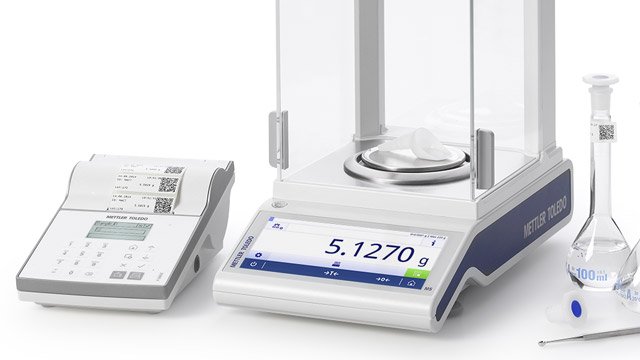
Printers
The basic way to speed up reporting and reduce transcription errors is to simply add printing capabilities to your analytical balance. Small lab printers as well as network printers offer a simple way to document and store data.
The answer to the question "How to use analytical balances" comes down to:
Following the steps described further on this page will help you to achieve reliable weighing results and maximize the lifetime of your analytical balance.
You can also contact us using the buttons below to get the best analytical balance for your specific needs!
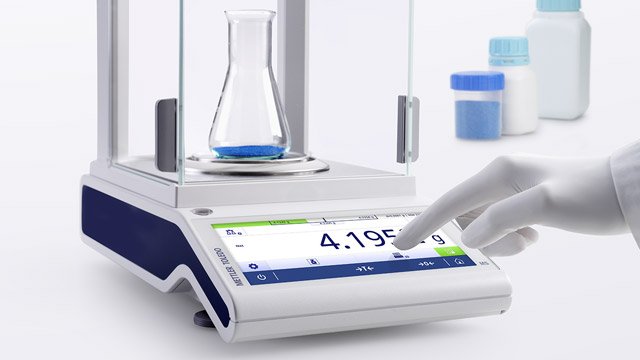
1. Choose the right environment. Analytical balances are highly sensitive instruments that need the proper environment to perform well. When deciding where to place your balance, be sure to choose a place with the following:
2. Connect the balance to the power supply.
3. Turn on the balance and let it adjust to the room’s temperature for at least 2 hours before using it.
4. Ensure the balance is level.
5. Set the date and time.
6. Perform an internal balance adjustment to ensure it meets its specifications.
7. Perform a calibration.
Before performing a measurement, it’s important to have the balance calibrated. Calibrating a balance involves comparing its measurement results to a known standard or reference weight. This helps to identify and correct any errors in the balance's readings, which can then ensure accurate and reliable results. This can be done by a calibration technician using specialized calibration weights. METTLER TOLEDO offers a variety of calibration and validation services, which can be tailored to your specific needs.
8. Begin weighing:
To transfer weighing data from your analytical balance error-free, there are different solutions available depending on your lab needs, areas and application. Check out our Laboratory Data Management Guide for detailed insights and key solutions below:

The basic way to speed up reporting and reduce transcription errors is to simply add printing capabilities to your analytical balance. Small lab printers as well as network printers offer a simple way to document and store data.
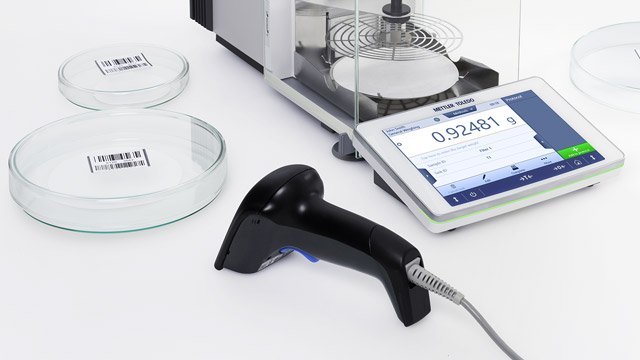
Accuracy and lab productivity can be improved by automated sample identification, e.g., by connecting a barcode reader to the system. Sample ID data—as part of measurement metadata—can be electronically captured and transferred to the next analysis step to help eliminate sample mix-ups. Automatic matching of samples and results saves time. The solution is simple, but effective.
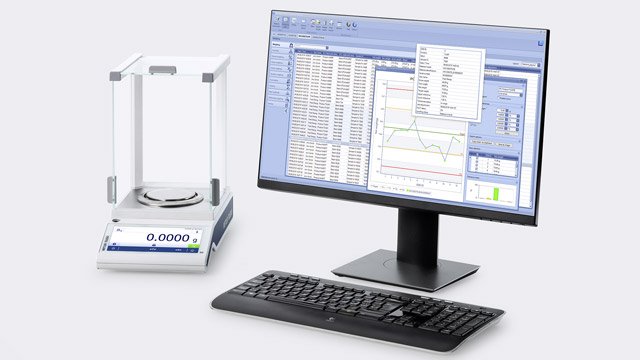
EasyDirect™ Balance Software enables you to collect weighing data from up to 10 balances, minimize transcription errors, store data securely, and easily review results and generate simple and clear reports in various formats (XML, CSV, XLSX or PDF).
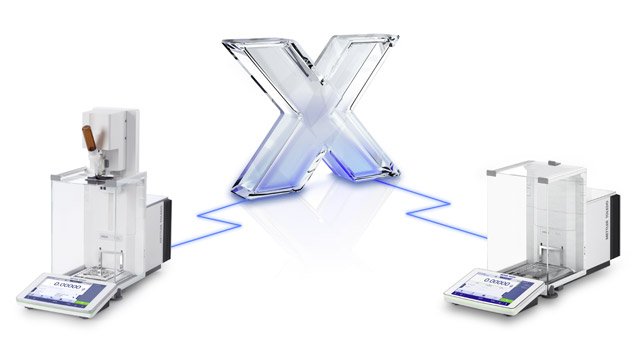
LabX™ software provides a complete, traceable record of results captured on METTLER TOLEDO Excellence series instruments. Linking instruments together to gather data in parallel or in sequence, it deploys fully automated experimental workflows managed in a common interface. Such full digitalization is required in pharmaceutical QC or testing labs.

Cleaning an analytical balance requires careful attention to prevent any damage to the sensitive components. Here are the general steps to clean an analytical balance: